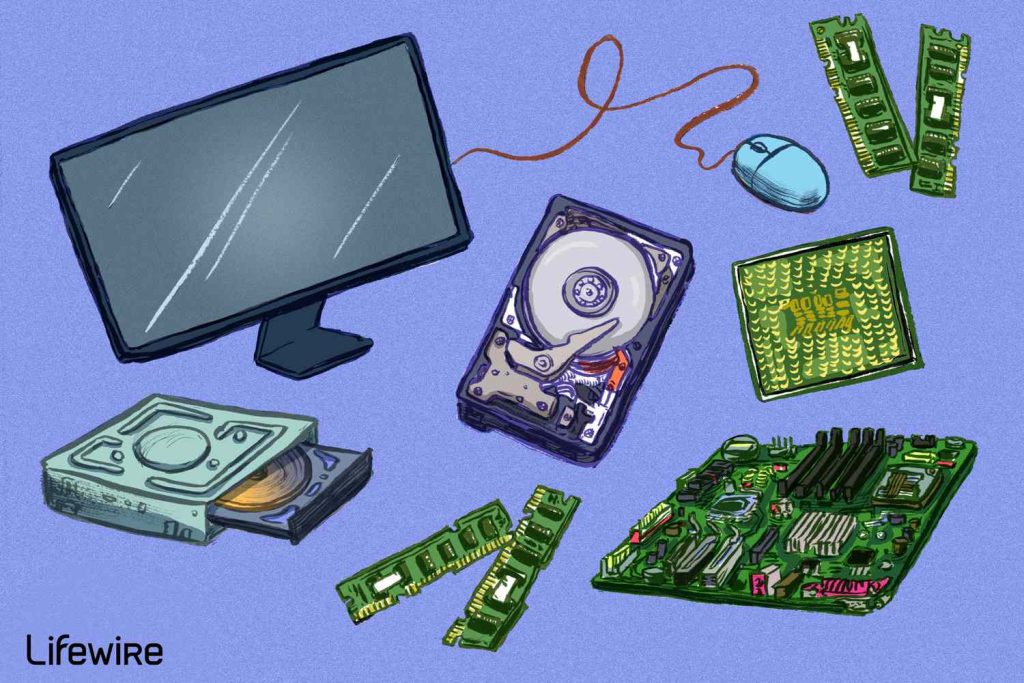Hardware encompasses the tangible components of processing programs, helping as the inspiration for digital technology and innovation. From the modest abacus to the cutting-edge quantum pcs of nowadays, equipment has undergone an extraordinary evolution, pushed by breakthroughs in resources science, engineering, and processing theory. At their key, equipment comprises a diverse variety of components, including processors, memory segments, storage devices, input/output peripherals, and marketing equipment, each enjoying a vital position in the operation and performance of research systems.
The quick speed of scientific progress has led to the progress of significantly powerful and effective hardware solutions. Moore’s Law, which anticipates that the amount of transistors on integrated circuits may dual approximately every 2 yrs, has offered as a guiding theory for electronics growth, operating advancement and encouraging exponential growth in computational capabilities. Consequently, contemporary equipment products are designed for performing complex calculations and executing superior calculations with unprecedented pace and efficiency.
One of the very substantial styles in equipment growth could be the shift towards parallel research architectures. Conventional successive processing practices are increasingly being increased or changed by parallel control methods, which let multiple tasks to be executed concurrently, ultimately causing substantial changes in performance and scalability. Parallel computing is very well-suited for jobs such as for example clinical simulations, knowledge examination, and artificial intelligence, where big datasets and complex computations are common.
Yet another essential area of electronics development is the progress of specific accelerators and co-processors designed to offload certain computational tasks from the CPU. Graphics handling items (GPUs), for instance, are widely used for accelerating artwork rendering and similar processing jobs, while field-programmable door arrays (FPGAs) provide freedom and programmability for a wide variety of applications. Now, there is a rising fascination with neuromorphic computing, which seeks to copy the framework and purpose of the human mind applying hardware-based neural networks.
Along with developments in running power and efficiency, electronics growth in addition has focused on increasing power efficiency and sustainability. As concerns about climate change and environmental impact grow, there’s raising force on equipment manufacturers to style services and products that eat less energy and produce fewer emissions. It’s generated improvements such as for example low-power processors, energy-efficient knowledge stores, and eco-friendly production processes, all aimed at lowering environmentally friendly impact of computing technology.
Security is yet another critical factor in hardware style, particularly in light of the growing threats sat by cyber episodes and knowledge breaches. Hardware-based security functions, such as for example secure boot mechanisms, hardware encryption, and respected software https://www.asianews.ir/u/dWh modules (TPMs), help protect sensitive and painful information and guarantee the reliability of research systems. Moreover, breakthroughs in hardware-based authentication and biometric systems offer new methods to enhance protection and solitude in electronic systems.
As hardware remains to evolve and advance, it’s operating development across a wide range of industries and applications. From autonomous cars and smart devices to healthcare units and industrial robots, hardware systems are reshaping just how we live, function, and communicate with the planet around us. With constant study and growth attempts pushing the boundaries of what is probable, the ongoing future of hardware supports incredible promise for continued progress and innovation in the digital age.

